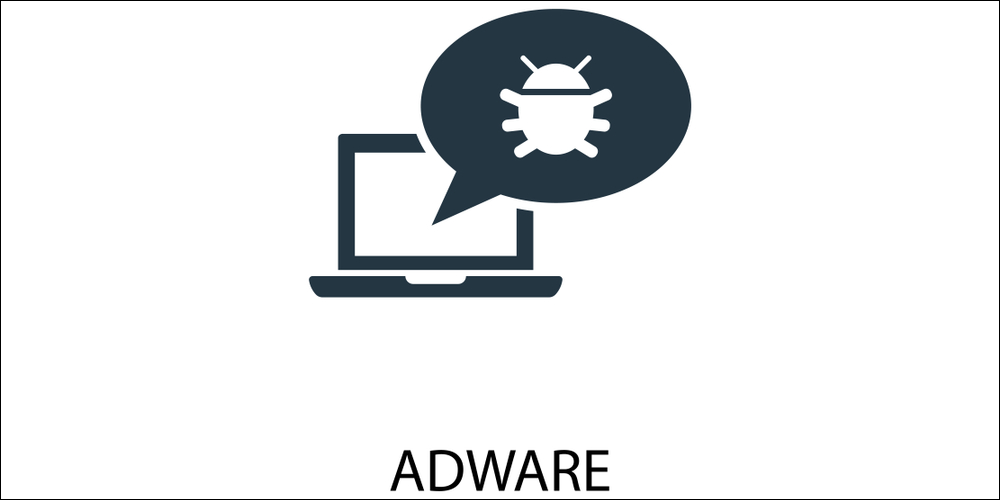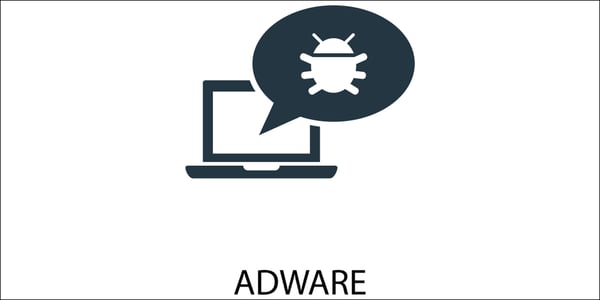
This week's review of ad fraud and quality in the digital advertising space.
Pixalate has released the Q3 2018 rankings for the Global Seller Trust (GSTI), Mobile Seller Trust (MSTI), and Video Seller Trust (VSTI) programmatic Seller Trust Indexes.
.jpg?width=600&name=headshots-2019-ott-webinar-pixalate-telaria-rhythmone-bold-screen%20(1).jpg)
Pixalate, the world’s leading cross-platform ad fraud solution — and the only company accredited by the MRC to detect and filter invalid traffic in Connected TV/OTT — recently concluded an expert webinar: “How to Succeed with High Quality OTT in 2019.”
This blog post recaps the key takeaways from the event, from market forces driving OTT adoption to potential roadblocks and what’s being done to overcome those challenges.

"Cracking down on digital ad fraud may seem like a hopeless and expensive game of whack-a-mole, but there are ways marketers and publishers can arm themselves better to fight it," wrote Digiday in an educational piece outlining various types of ad fraud, including GIVT vs. SIVT, domain spoofing, data-center traffic, fake device IDs, and more.

"The security research team at American ISP CenturyLink have discovered that an IoT botnet is proxying traffic for an YouTube video ad fraud scheme," reported ZDNet. "Researchers made this discovery while investigating an IoT botnet known as TheMoon, which they initially began tracking after observing several CenturyLink devices performing credential brute-force attacks against popular websites," the article added.

*By entering your email address and clicking Subscribe, you are agreeing to our Terms of Use and Privacy Policy.
These Stories on Weekly Recaps
*By entering your email address and clicking Subscribe, you are agreeing to our Terms of Use and Privacy Policy.

Disclaimer: The content of this page reflects Pixalate’s opinions with respect to the factors that Pixalate believes can be useful to the digital media industry. Any proprietary data shared is grounded in Pixalate’s proprietary technology and analytics, which Pixalate is continuously evaluating and updating. Any references to outside sources should not be construed as endorsements. Pixalate’s opinions are just that - opinion, not facts or guarantees.
Per the MRC, “'Fraud' is not intended to represent fraud as defined in various laws, statutes and ordinances or as conventionally used in U.S. Court or other legal proceedings, but rather a custom definition strictly for advertising measurement purposes. Also per the MRC, “‘Invalid Traffic’ is defined generally as traffic that does not meet certain ad serving quality or completeness criteria, or otherwise does not represent legitimate ad traffic that should be included in measurement counts. Among the reasons why ad traffic may be deemed invalid is it is a result of non-human traffic (spiders, bots, etc.), or activity designed to produce fraudulent traffic.”

